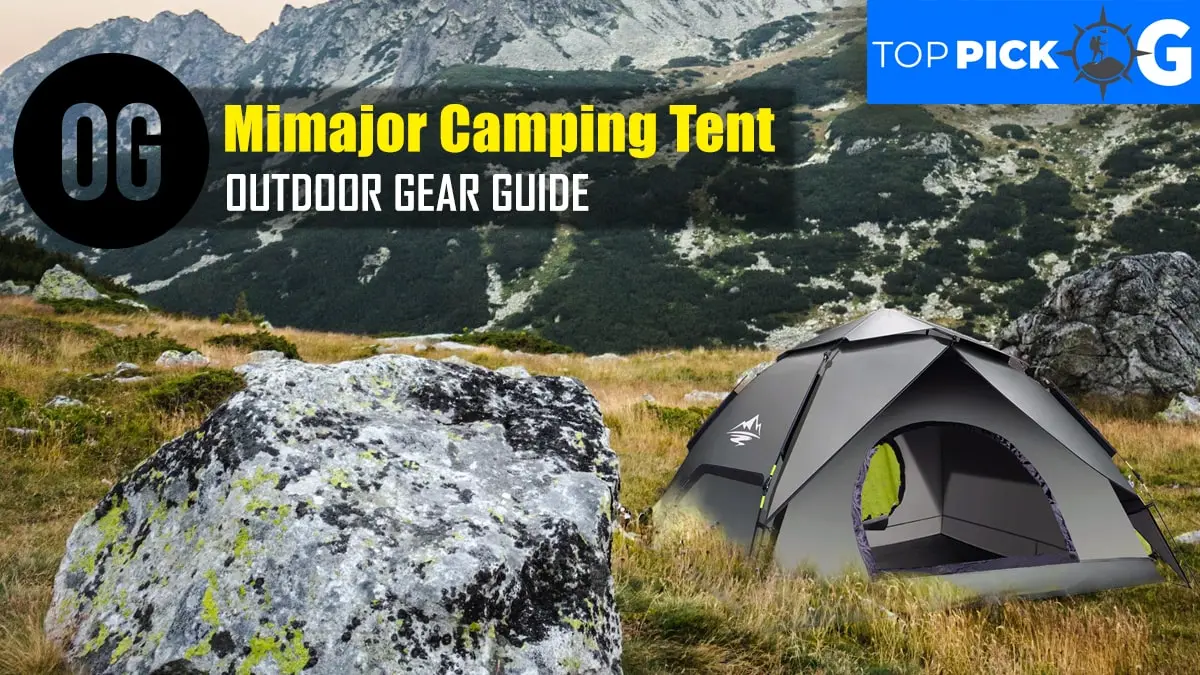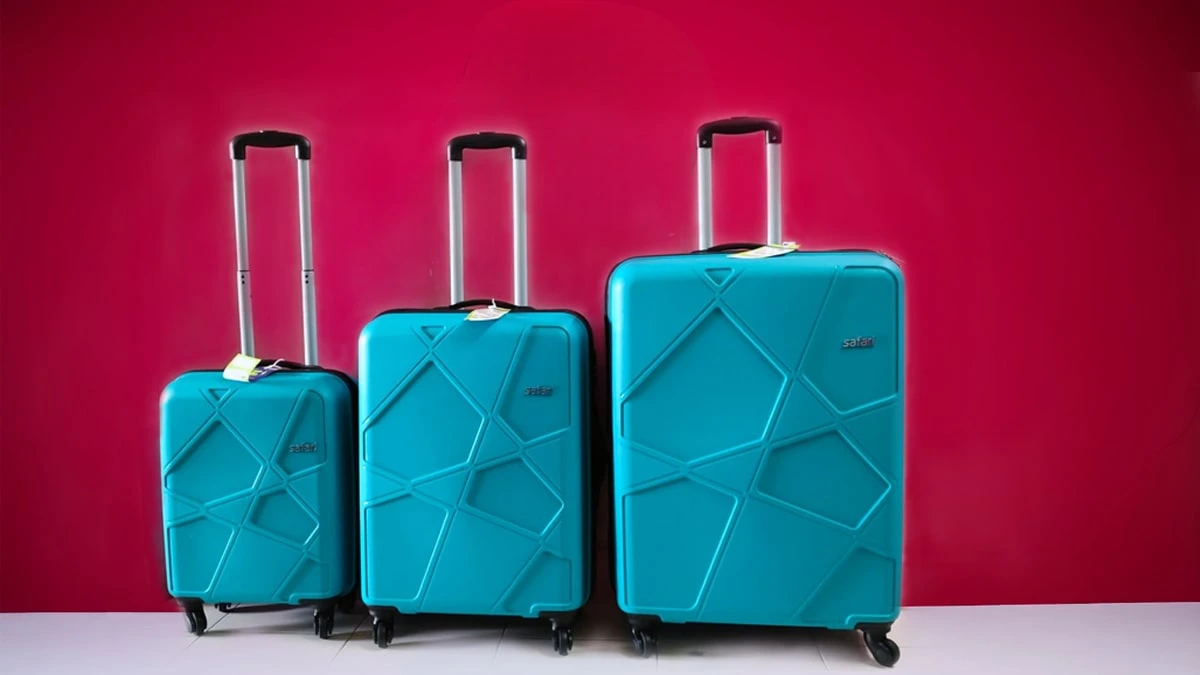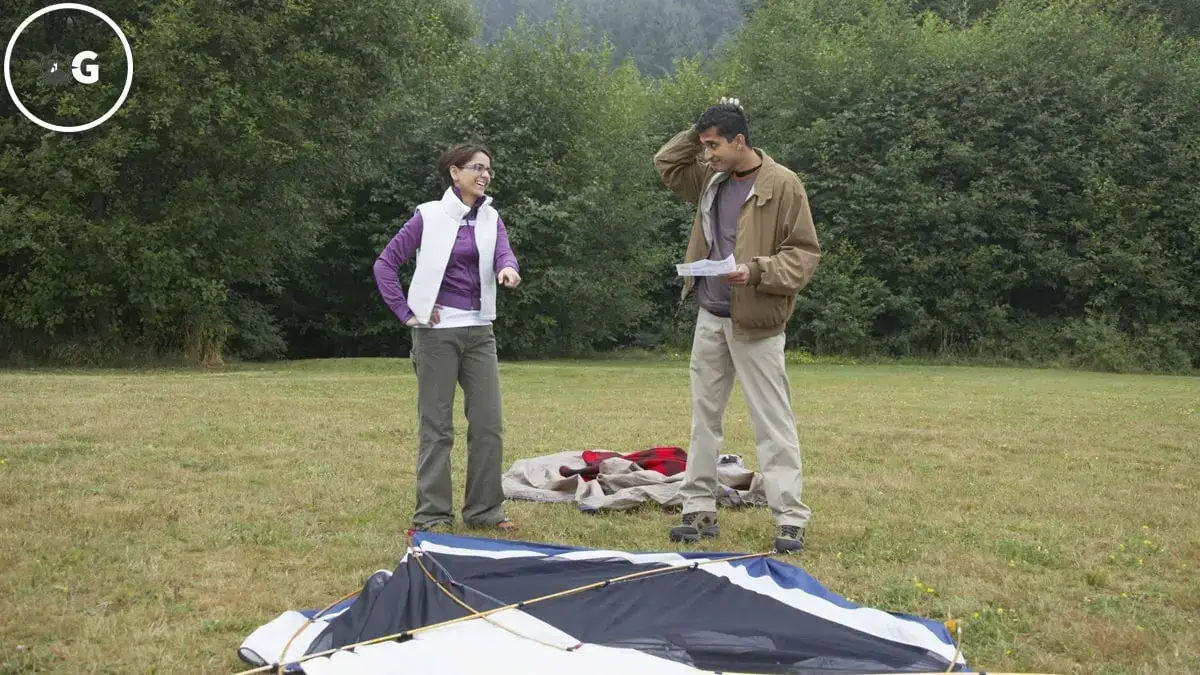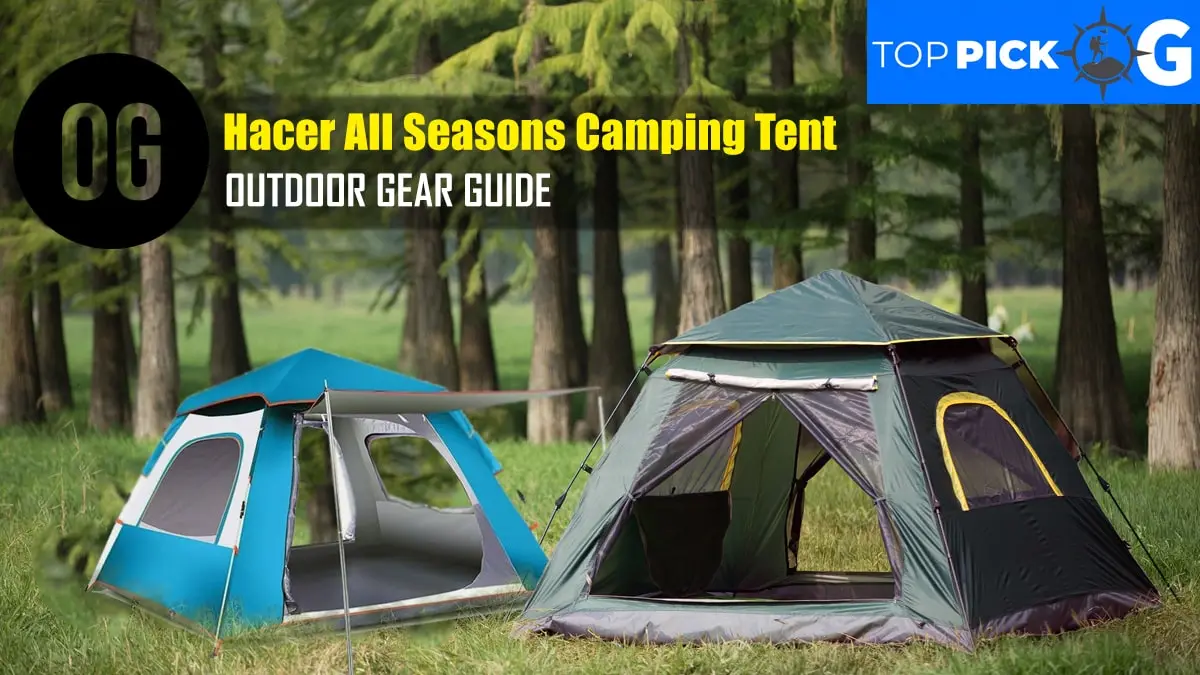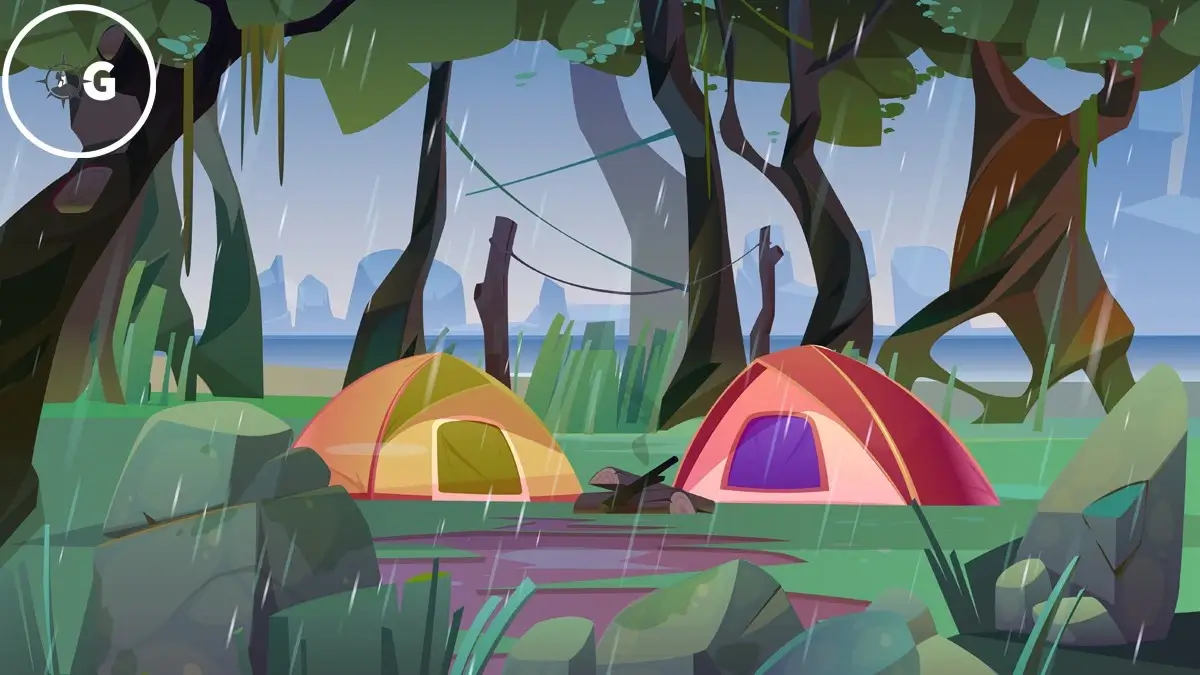Difference Between 3-Season And 4-Season Camping Tents: Why You Should Care?

There are various types of tents available for camping and hiking like dome tents, pop-up tents, family tents, backpacking tents, and many more but they are majorly of two types 3-season and 4-season. In this article, we are going to explain the difference between 3-season and 4-season camping tents and it is very important for you to know.
The primary difference between 3-season and 4-season camping tents lies in their climate adaptability. 3 season tent are best suited to spring through fall weather conditions with lightweight portability and ventilation features that are portable yet stout enough to withstand snowfall or strong winds; best 4 season tents on the other hand provide insulation against snow accumulation as well as high winds for colder climates.
Table of Contents
Key Aspects of Camping is Understanding Each Season
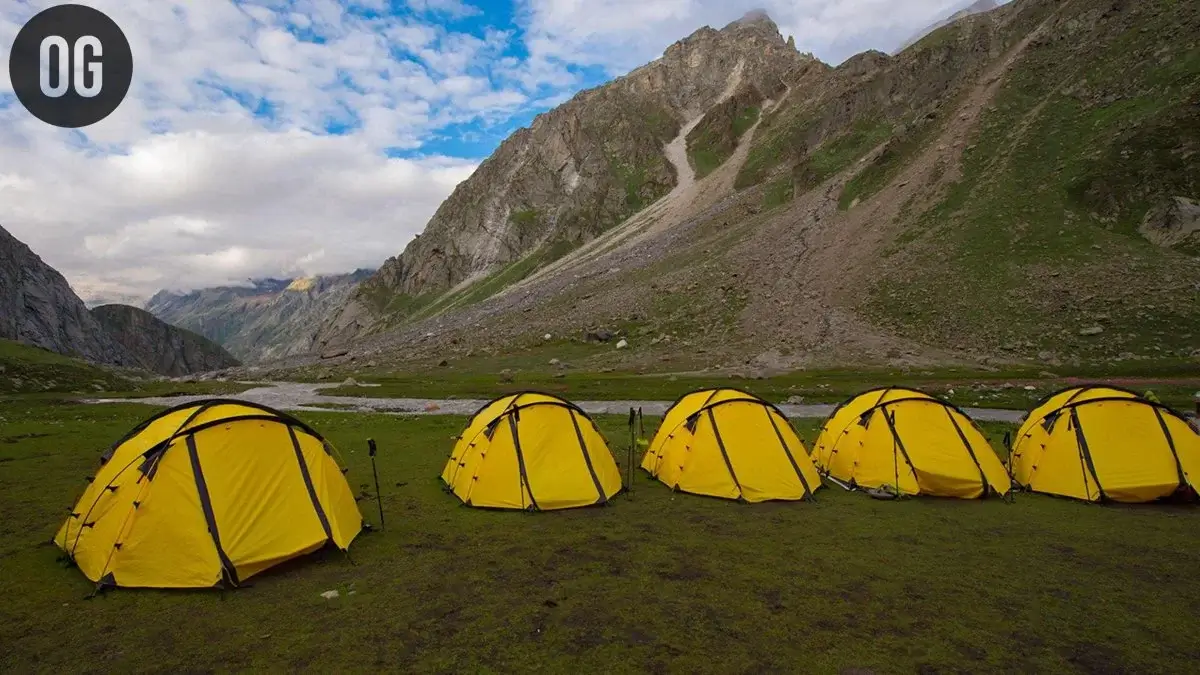
One of the key aspects of camping is understanding each season and its ever-evolving moods.
1. Spring: a season of renewal and blooming beauty. Spring camping brings adventurers milder temperatures and the vibrant colors of nature awakening with renewed life. Three-season tents shine in this season of renewal, offering campers excellent breathability with minimal weight to carry around.
Mesh panels of 3-season tents allow for excellent ventilation, providing campers with a cozy experience regardless of changing temperatures. As temperatures soar in the summertime, 3-season tents shine as great ways to keep campers cool and comfy!
2. Summer: As their design prioritizes ventilation and airflow, these tents make sweltering summer nights more bearable. Quick and easy to set up, lightweight tents such as these make ideal companions for spontaneous weekend getaways or music festivals.
3. Fall is an explosion of golden hues. As leaves begin to turn and drop off their branches, 3-season tents remain an effective camping choice suited for changing weather conditions such as crisp mornings and mild afternoons – perfect companions on foliage-viewing expeditions!
4. Winter: the season of frosty beauty and snow-topped landscapes. Four-season tents come into their own during this icy period with their sturdy construction and extra insulation designed to withstand harsh winter elements.
These tents provide a fortress-like refuge from snow, wind, and the biting cold; essential when experiencing winter camping’s thrilling challenges.
3-Season Tents: Nature’s Companions
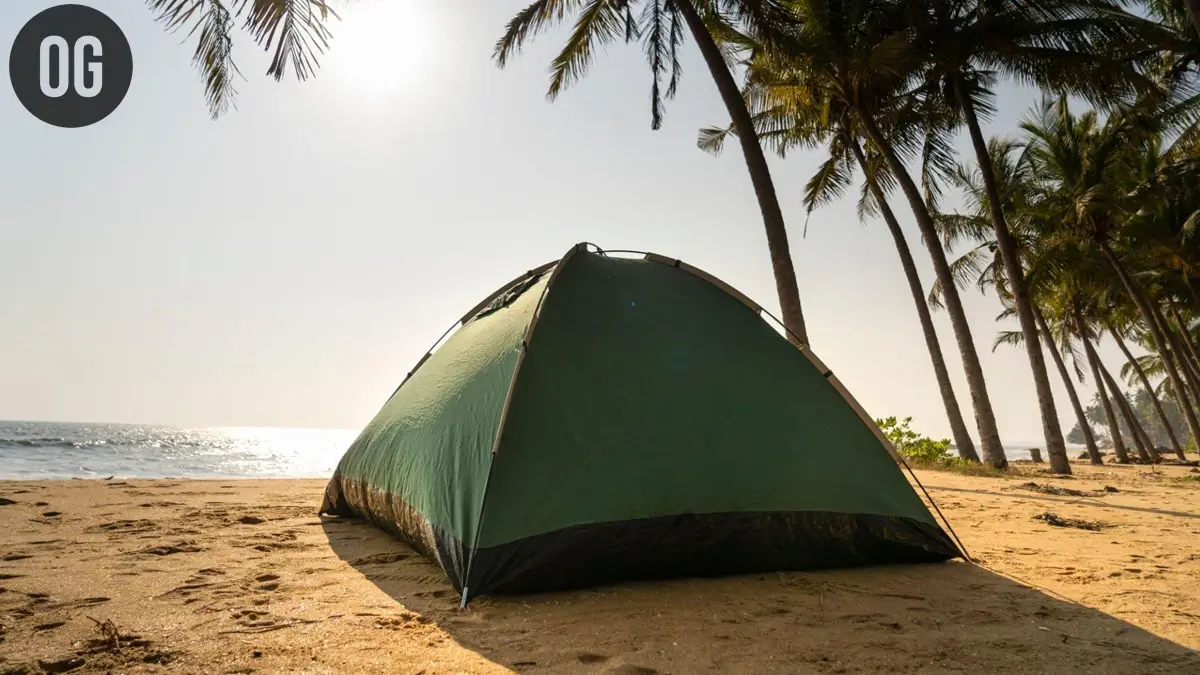
As soon as the sun casts its radiant smile on the skies, it’s time to embrace nature by sleeping under three-season tents in its wilderness.
3-season tents are purpose-designed to adapt to the ever-evolving climates of spring, summer, and fall – making them the go-to option for camping adventures of all types.
Constructed using lightweight materials, 3-season tents allow campers to wander freely without carrying heavy loads around with them.
Their airy construction and mesh panels allow airflow through, keeping interior temperatures down during scorching summer days.
Rain showers don’t stand a chance against 3-season tents fitted with rainfly covers – these resilient shelters provide dry refuge when unexpected downpours hit.
The weatherproof features of 3-season tents make them an excellent choice for spring camping trips, where unpredictable conditions may surprise even experienced campers.
Our 3-Season Tent Camping Experience
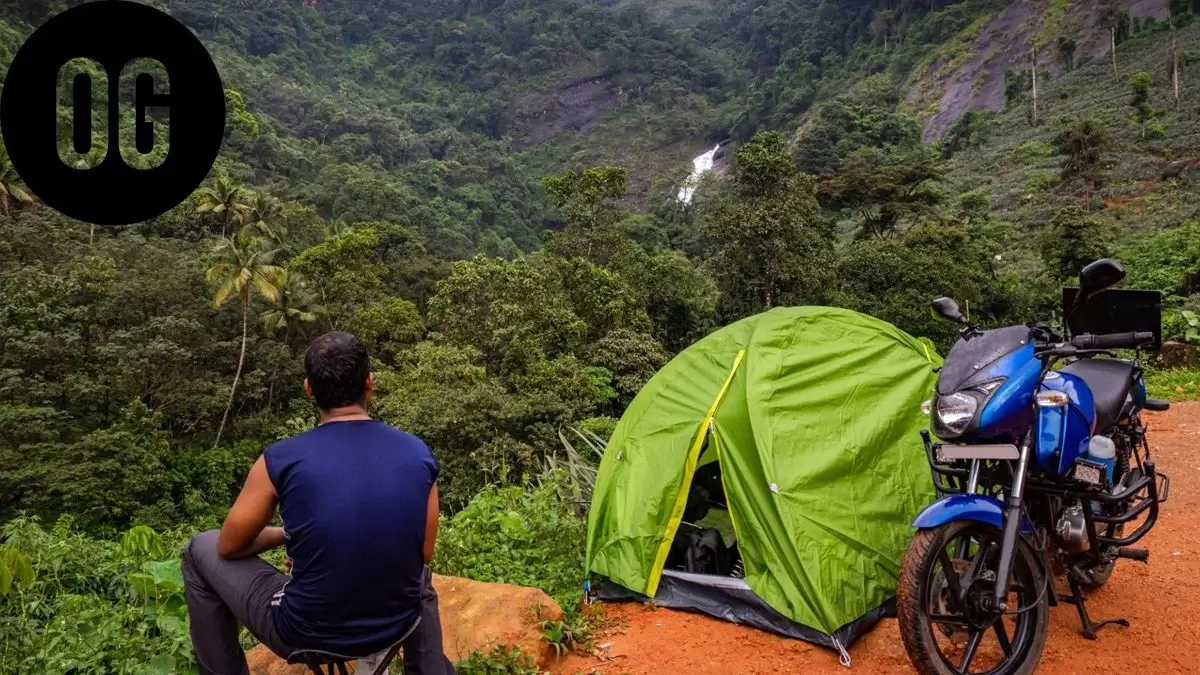
When we are experiencing the natural beauty while camping at Nelliyampathy Jungle Camp positioned on the border of Kerala and Tamil Nadu. It is a rocky mountain covered with forest. The weather is hot and humid whereas after sunset it is a little bit cold.
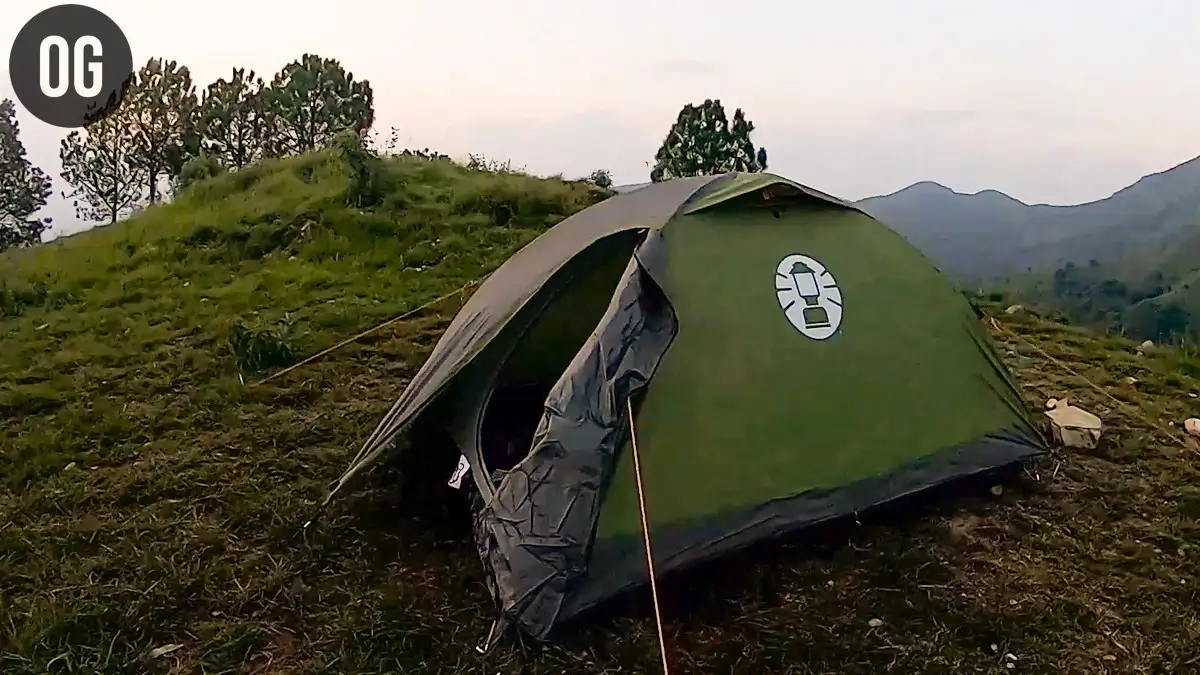
It is the perfect spot to use 3-season tents we used the Amazon Basics Dome tent and Coleman Darwin Dome Tent. Both tents are excellent with enough ventilation for airflow which maintains the suitable inner temperature very well.
4-Season Tents: The Winter Warriors
Winter brings its cold breath, testing our resilience as Mother Nature puts our strength to the test. Now is the time for 4-season tents to rise up as Winter Warriors.
These shelters are specifically constructed to withstand even the most challenging elements, making them an essential choice for adventurous winter campers seeking thrilling winter camping adventures.
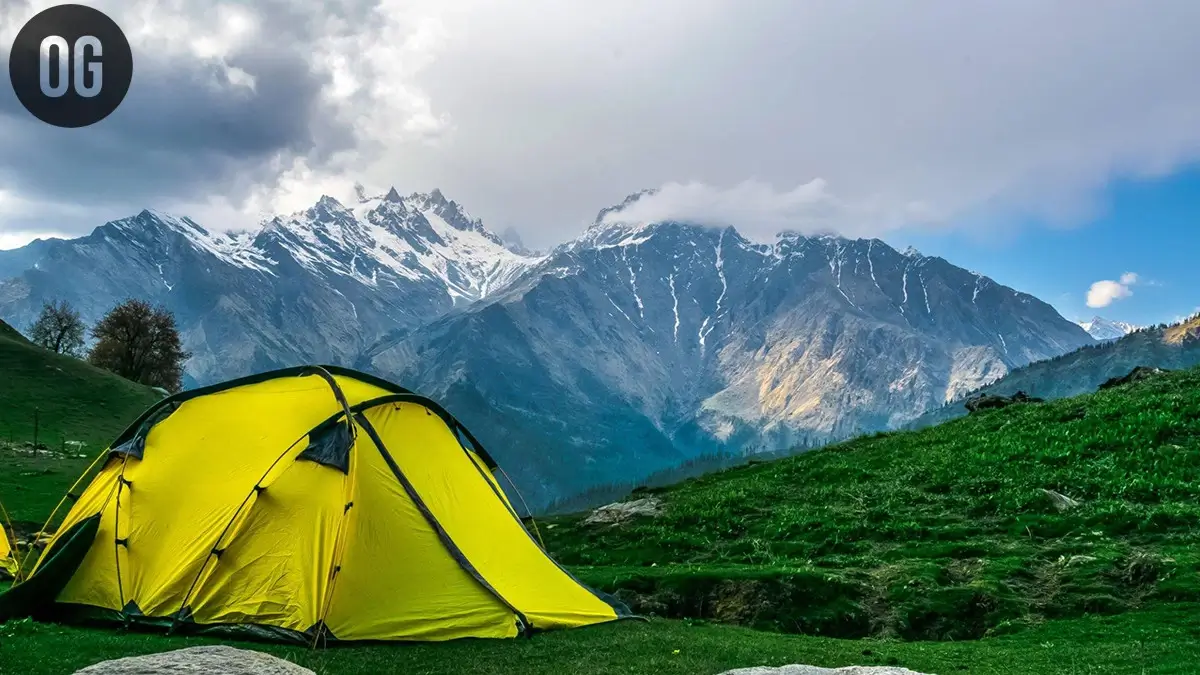
The 4-season tents are constructed from long-wearing and weather-resistant materials to withstand snowstorms, strong winds, and freezing temperatures.
Their sturdy poles and reinforced designs ensure that these tents stand firm even during harsh winter winds.
As tents provide extra insulation against winter’s chill, double-walled construction with breathable inner layers and robust outer shells help trap precious warmth for an idyllic retreat even on the most bitter nights.
Our Winter Camping Experience
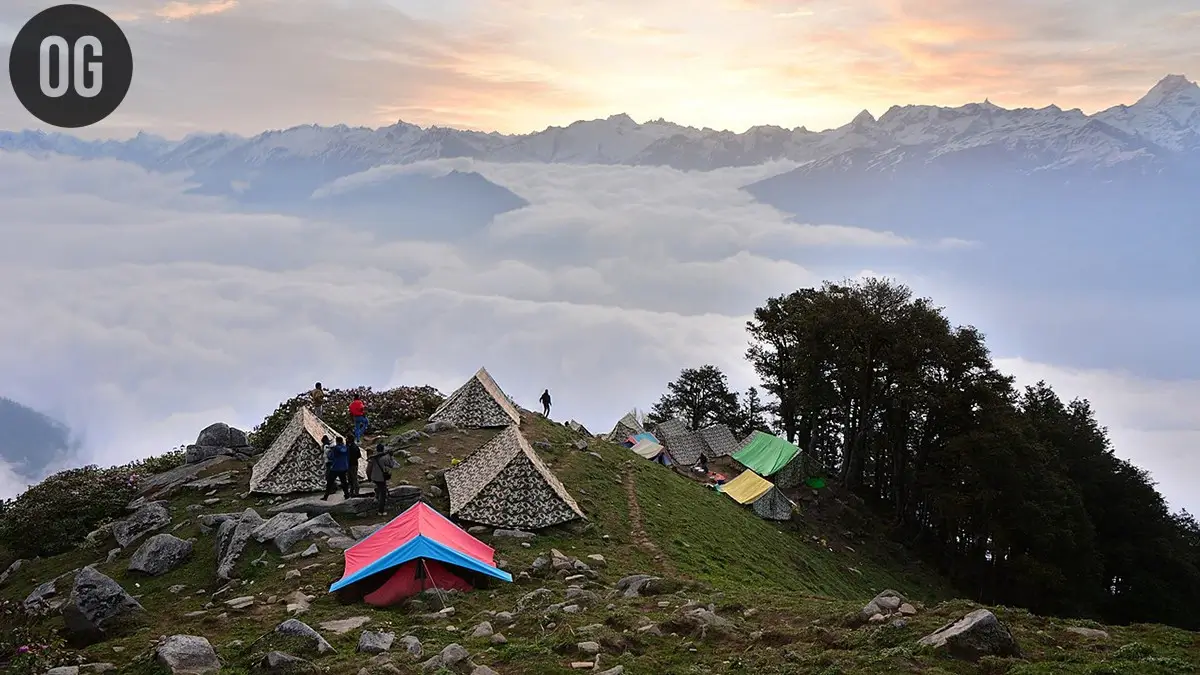
Like when we covered hiking and camping adventures at Kutla Glacier we used a 4-season tent Coleman Darwin camping tent for the perfect camping experience. Surrounded by Himalayan glaciers the weather is very cold with bone-chilling nights and snowstorms.
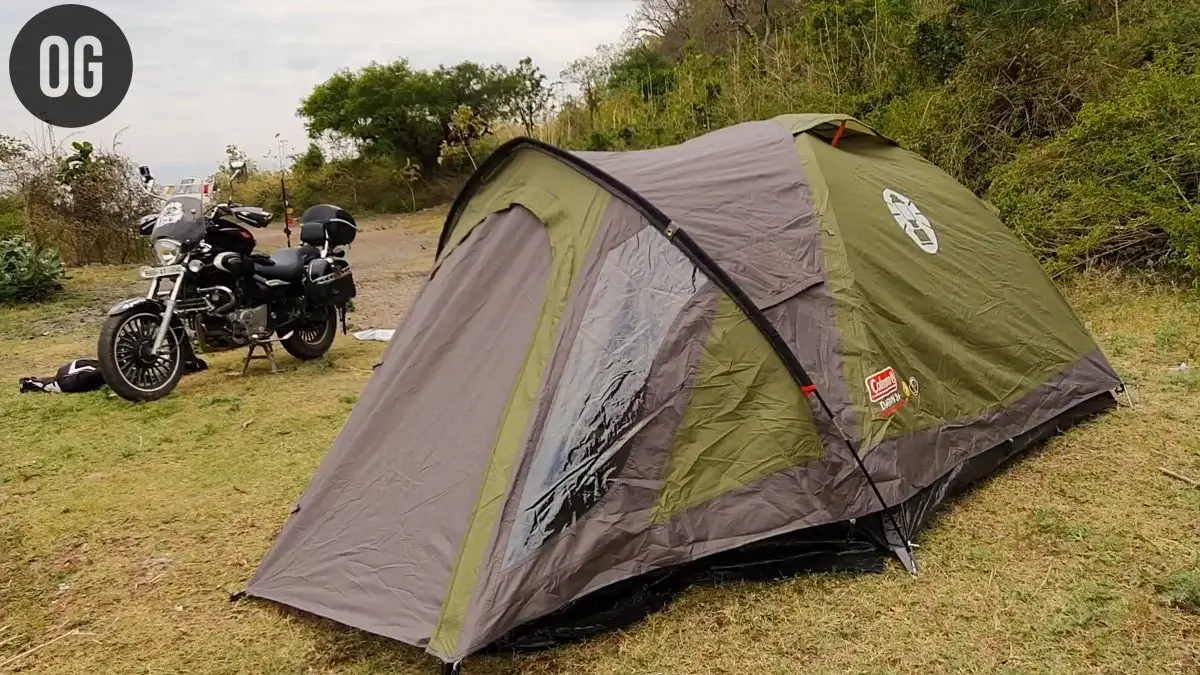
So, the Coleman Darwin 4-season camping tent is one of the best camping tents for high-altitude camping in the Himalayas. However, one of the excellent features of this tent is that it can be used for 3-season camping also but for summer camping it is not a very ideal choice.
Comparison And Difference Between 3-Season And 4-Season Camping Tent
Weather: The 3-season tent stands up well during milder seasons. It excels in handling light rain and gentle breezes to provide comfort during spring, summer, and fall adventures.
However, when winter storms roll through and stress your system to its limits, leaving you vulnerable to the elements.
On the contrary, 4-season tents stand up well against winter’s fury. Their robust construction and heavy-duty materials create an impregnable fortress against snowfall, fierce winds, and harsh conditions.
Heavyweight champions might be overkill for milder seasons, making it less versatile compared to its 3-season equivalent.
Weight: When it comes to weight, 3-season tents lead the field, as their lightweight design makes it easier for long hikes. Meanwhile, 4-season tents’ greater durability comes at the price of increased weight that may hinder prolonged treks.
Ventilation: The 3-season tent boasts superior airflow thanks to its mesh fabric that keeps you cool on hot summer nights; however, when temperatures dip, additional insulation might be beneficial.
Consider a 4-season tent: it provides warmth over ventilation, ideal for combatting winter’s chill while simultaneously acting like a sauna in summer heat waves.
Price: The 3-season tent offers budget-minded adventurers an attractive solution, while 4-season tents require greater investment as a reliable defense against extreme weather.
Results: In 3 season vs 4 season tent the 3-season tent excels in versatility, lightweight design, and affordability – an ideal combination for fair-weather explorations. On the other hand, 4-season tents provide uncompromising resilience in even the harshest winter environments.
At its core, selecting a suitable tent depends on your camping style, destination, and the challenges you seek to conquer. So make your selection carefully. To assist your search process we have already published a post detailing popular types of tents used for camping in India.
How to Choose Your Perfect Camping Tent
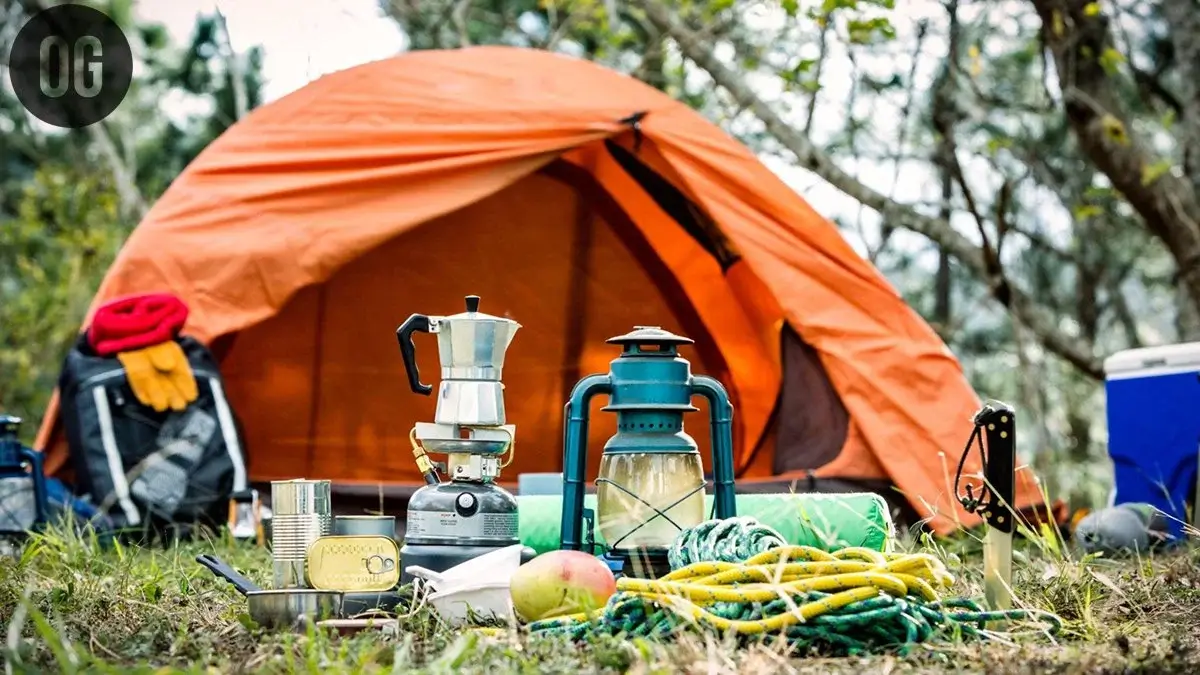
Assess Your Needs: Take into account the season and weather conditions you anticipate while camping, then decide if a three- or four-season tent would best fit your camping trip needs.
Size and Gear Storage Capacity: When purchasing a tent for camping and storage needs, first determine who and what equipment will need to fit inside it. Choose one with enough floor space and height to create a comfortable living environment.
Weight and Portability: For hiking or backpacking trips, go for lightweight tents to reduce weight on adventures.
Weather Resistance: For tents that offer superior weatherproofing and wind resistance, check their materials are waterproof and wind-proof and look for ones with full rainfly to provide additional shelter from wet conditions.
Ventilation: When camping in warmer climates, choose tents equipped with mesh panels for optimal airflow to prevent condensation build-up and condensation build-up.
Setup and Assembly: When camping alone or after an exhausting trek, opt for an easily assembled tent. Durability: Consider its construction materials in terms of strength to ensure they can withstand wear and tear in rugged terrain.
Seasonal Adaptability: Some 3-season tents feature versatile designs that enable users to add or remove features, making them suitable for various weather conditions.
Budget Considerations: Set a budget range and research options within it before making your selection based on features, durability, and price.
Read Reviews: Seek feedback from fellow campers or review online reviews in order to gain insights into a tent’s real-world performance and user experiences.
Conclusion
In conclusion, the world of camping tents offers a diverse array of options, each tailored to specific needs and outdoor escapades.
In this article difference between 3-season and 4-season camping tents, our main goal is to deliver you with actual and crucial information which can help you to take the right decision.
Whether you’re drawn to the versatility and budget-friendliness of the 3-season tent or the rugged resilience of the 4-season tent, the choice ultimately rests on your camping style, destination, and the adventures you seek.
It is good to know about the difference between 3-season and 4-season camping tents but remember to assess the climate, size, weight, and features that matter most to you.
So, be sure to give us feedback on the difference between 3-season and 4-season camping tents. Happy camping, and may your tent be your portal to wondrous outdoor experiences!
FAQs On the Difference Between 3-Season And 4-Season Camping Tents
What is the 3-season tent temperature range?
Here’s a rough guideline for the temperature range:
Spring: 30°F to 40°F (-1°C to 4°C) and above. 3-season tents can handle chilly spring nights, but they may not be suitable for extreme cold conditions.
Summer: 40°F to 70°F (4°C to 21°C) and above. 3-season tents excel in warm and mild weather. They provide good airflow to prevent excessive heat buildup.
Fall: 30°F to 50°F (-1°C to 10°C) and above.
What is the temperature range for a 4-season tent?
The typical temperature range for a 4-season tent is:
Winter: 0°F to 20°F (-18°C to -7°C) and below.
4-season tents are engineered to provide better insulation and protection against freezing temperatures, making them suitable for camping in snow-covered landscapes.
High-altitude and extreme conditions: Some 4-season tents can be used in even colder temperatures, well below freezing, for mountaineering and expeditions in extreme environments.
What is the warmest type of tent?
Geodesic or mountaineering tents are the 4-season tents designed for extreme conditions and are the warmest types of tents.
They feature a sturdy dome-shaped structure, excellent wind resistance, and robust materials. These tents are ideal for high-altitude expeditions and winter camping, providing superior insulation and protection against harsh elements.
Does the camping tent color matters?
Yes, tent color does have some bearing on comfort; dark-colored tents tend to absorb heat more readily in sunny conditions while light-colored ones reflect it away and stay cooler.
But the difference in temperature tends to be minimal compared with factors like ventilation and insulation which play more of an influence in comfort.

